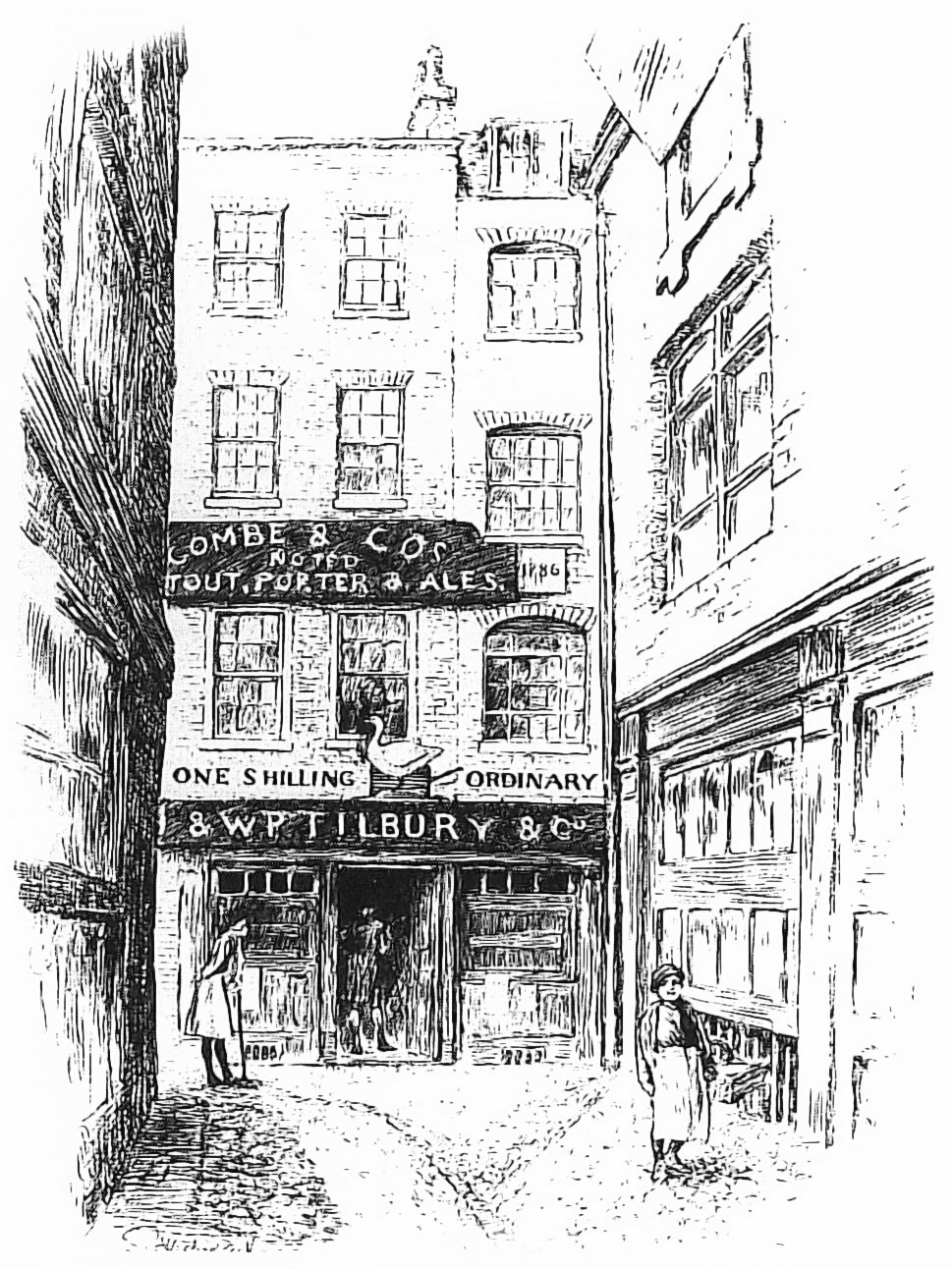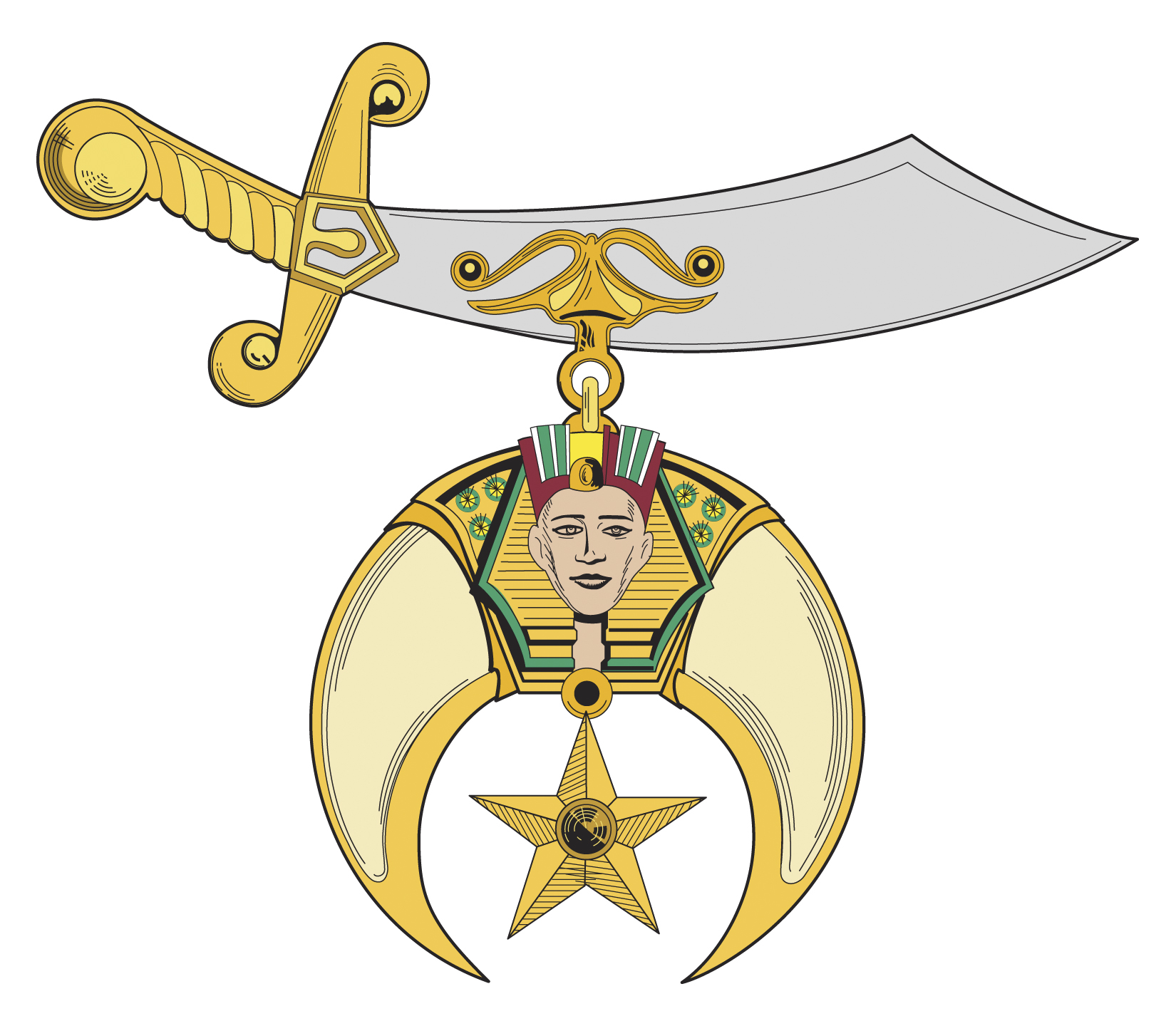|
Almas Temple
The Almas Temple is a Masonic building facing Franklin Square at 1315 K St NW in Washington, D.C. It houses Almas Shrine, a sub-group for Shriner's International whose headquarters is located in Tampa, Florida. The edifice is in the Moorish architectural style and features an elaborate, multicolored terra-cotta façade. It was constructed in 1929 by Allen H. Potts, a member of the temple. The building is five stories in height. It was renovated and relocated about 100 feet westward to its current location in 1987 to make way for a new office complex, One Franklin Square. In literature The Almas Temple is one of the settings in Dan Brown's 2009 novel, ''The Lost Symbol ''The Lost Symbol'' is a 2009 novel written by American writer Dan Brown. It is a thriller set in Washington, D.C., after the events of ''The Da Vinci Code'', and relies on Freemasonry for both its recurring theme and its major characters. Rel ...''. References External links Almas Templeat the A ... [...More Info...] [...Related Items...] OR: [Wikipedia] [Google] [Baidu] |
Almas Masonic Temple, Washington, D
Almas may refer to: Places * Almas, Tocantins, Brazil * Almas, Ardabil, Iran * Almas, East Azerbaijan, Iran * Almaș, Arad County, Romania * Almaș, Gârcina, Neamț County, Romania * Merişor (Hungarian: ''Almás''), Sita Buzăului, Covasna County, Romania * Merești (colloquial Hungarian: ''Almás'', Harghita County, Romania * Almas, São Tomé and Príncipe * Almaš, a former village in Bačka, Serbia * Almash (Russian: Алмаш), Sharansky District, Bashkortostan, Russia * Almaș River (other), the name of several rivers in Romania People * Almas Akram (born 1988), a female Pakistani cricketer * Almas Atayev (born 1981), a Kazakhstani judoka * Almas Bobby, a Pakistani transgender activist * Almas Heshmati, a Swedish-Kurdish economist * Almas Ildyrym (1907–1952), an Azerbaijani poet * Almas Japua (born 1979), Abkhazian politician * Almas Kishkenbayev (born 1985), a Kazakh singer * Almas Shaukat (born 1995), an Indian cricketer * Almas Uteshov (born 1988), ... [...More Info...] [...Related Items...] OR: [Wikipedia] [Google] [Baidu] |
Masonic Temple
A Masonic Temple or Masonic Hall is, within Freemasonry, the room or edifice where a Masonic Lodge meets. Masonic Temple may also refer to an abstract spiritual goal and the conceptual ritualistic space of a meeting. Development and history In the early years of Freemasonry, from the 17th through the 18th centuries, it was most common for Masonic Lodges to form their Masonic Temples either in private homes or in the private rooms of public taverns or halls which could be regularly rented out for Masonic purposes. This was less than ideal, however; meeting in public spaces required the transportation, set-up and dismantling of increasingly elaborate paraphernalia every time the lodge met. Lodges began to look for permanent facilities, dedicated purely to Masonic use. First Temples The first Masonic Hall was built in 1765 in Marseille, France. A decade later in May, 1775, the cornerstone of what would come to be known as Freemasons' Hall, London, was laid in solemn ceremonial ... [...More Info...] [...Related Items...] OR: [Wikipedia] [Google] [Baidu] |
Franklin Square (Washington, D
Franklin Square may refer to: Australia *Franklin Square (Hobart), in Hobart, Tasmania, Australia United States *Franklin Square (Bloomington, Illinois), listed on the NRHP in McLean County, Illinois *Franklin Square Historic District (Baltimore, Maryland), a park in Baltimore, Maryland *Franklin Square Hospital Center, a hospital in Rossville, Maryland *Franklin and Blackstone Squares in Boston, Massachusetts *Franklin Place in Boston, Massachusetts *Franklin Square (Manhattan), a former square in Lower Manhattan, demolished in 1950 *Franklin Square, New York, a hamlet in Nassau County, New York *Franklin Square, Ohio, an unincorporated community *Franklin Square (Savannah, Georgia) *Franklin Square, Syracuse, a neighborhood and square in Syracuse, New York *Franklin Square (Philadelphia), one of the five main squares in Philadelphia, Pennsylvania *Franklin Square (PATCO station), a closed train station in Philadelphia, Pennsylvania *Franklin Square (Washington, D.C.) *Franklin ... [...More Info...] [...Related Items...] OR: [Wikipedia] [Google] [Baidu] |
Shriners
Shriners International, formally known as the Ancient Arabic Order of the Nobles of the Mystic Shrine (AAONMS), is an American Masonic society established in 1870 and is headquartered in Tampa, Florida. Shriners International describes itself as a fraternity based on fun, fellowship, and the Masonic principles of brotherly love, relief, and truth. There are approximately 350,000 members from 196 temples (chapters) in the US, Canada, Brazil, Bolivia, Mexico, Panama, the Philippines, Europe, and Australia. The organization is best known for the Shriners Hospitals for Children that it administers, and the red fezzes that members wear. The organization was previously known as "Shriners North America". The name was changed in 2010 across North America, Central America, South America, Europe, and Southeast Asia. History In 1870, there were several thousand Freemasons in Manhattan, many of whom lunched at the Knickerbocker Cottage at a special table on the second floor. There, the ... [...More Info...] [...Related Items...] OR: [Wikipedia] [Google] [Baidu] |
Edifice
A building, or edifice, is an enclosed structure with a roof and walls standing more or less permanently in one place, such as a house or factory (although there's also portable buildings). Buildings come in a variety of sizes, shapes, and functions, and have been adapted throughout history for a wide number of factors, from building materials available, to weather conditions, land prices, ground conditions, specific uses, prestige, and aesthetic reasons. To better understand the term ''building'' compare the list of nonbuilding structures. Buildings serve several societal needs – primarily as shelter from weather, security, living space, privacy, to store belongings, and to comfortably live and work. A building as a shelter represents a physical division of the human habitat (a place of comfort and safety) and the ''outside'' (a place that at times may be harsh and harmful). Ever since the first cave paintings, buildings have also become objects or canvasses of much artistic ... [...More Info...] [...Related Items...] OR: [Wikipedia] [Google] [Baidu] |
Moorish Architecture
Moorish architecture is a style within Islamic architecture which developed in the western Islamic world, including al-Andalus (on the Iberian peninsula) and what is now Morocco, Algeria, and Tunisia (part of the Maghreb). The term "Moorish" comes from the historical Western European designation of the Muslim inhabitants of these regions as "Moors". Scholarly references on Islamic architecture often refer to this architectural tradition by a more geographic designation, such as architecture of the Islamic West or architecture of the Western Islamic lands, and some references on Islamic art and architecture consider use of the term "Moorish" to be outdated or contested. This architectural style blended influences from Berber culture in North Africa, pre-Islamic Iberia (Roman, Byzantine, and Visigothic), and contemporary artistic currents in the Islamic Middle East to elaborate a unique style over centuries with recognizable features such as the horseshoe arch, '' riad'' gardens ( ... [...More Info...] [...Related Items...] OR: [Wikipedia] [Google] [Baidu] |
Terracotta
Terracotta, terra cotta, or terra-cotta (; ; ), in its material sense as an earthenware substrate, is a clay-based ceramic glaze, unglazed or glazed ceramic where the pottery firing, fired body is porous. In applied art, craft, construction, and architecture, terracotta is the term normally used for sculpture made in earthenware and also for various practical uses, including bowl (vessel), vessels (notably flower pots), water and waste water pipes, tile, roofing tiles, bricks, and surface embellishment in building construction. The term is also used to refer to the natural Terra cotta (color), brownish orange color of most terracotta. In archaeology and art history, "terracotta" is often used to describe objects such as figurines not made on a potter's wheel. Vessels and other objects that are or might be made on a wheel from the same material are called earthenware pottery; the choice of term depends on the type of object rather than the material or firing technique. Unglazed ... [...More Info...] [...Related Items...] OR: [Wikipedia] [Google] [Baidu] |
One Franklin Square
One Franklin Square is a high-rise building at 1301 K Street NW, in Downtown Washington, D.C., United States. Description The , 12-story building was completed in 1990, and is the tallest commercial building and fifth-tallest building in The District. It occupies almost the entire north side of the 1300 block of K Street NW across from Franklin Square. The building is tall, complying with the city's height restrictions, but with two hexagonal, gold-tipped towers rising higher. Upon the building's completion, ''Washington Post'' architectural critic Benjamin Forgey wrote: "No new structure in Washington is so visible from so far or from so many different points of view as One Franklin Square." The construction of the building required the demolition, rebuilding and restoration of the Almas Temple, to the building's west. The building is owned and managed by Hines Interests. It was developed by Prentiss Company and designed by Hartman-Cox Architects and The Dewberry Comp ... [...More Info...] [...Related Items...] OR: [Wikipedia] [Google] [Baidu] |
Dan Brown
Daniel Gerhard Brown (born June 22, 1964) is an American author best known for his Thriller (genre), thriller novels, including the Robert Langdon novels ''Angels & Demons'' (2000), ''The Da Vinci Code'' (2003), ''The Lost Symbol'' (2009), ''Inferno (Brown novel), Inferno'' (2013), and Origin (Dan Brown novel), ''Origin'' (2017). His novels are treasure hunts which usually take place over a period of 24 hours.Brown. Witness statement, pp. 17, 21. They feature recurring themes of cryptography, art, and conspiracy theories. His books have been translated into 57 languages and, as of 2012, have sold over 200 million copies. Three of them, ''Angels & Demons'', ''The Da Vinci Code'', and ''Inferno'', have been Robert Langdon (film series), adapted into films, while one of them, ''The Lost Symbol'', was adapted into a television show. The Robert Langdon novels are deeply engaged with Christian themes and historical fiction, and have generated controversy as a result. Brown states on h ... [...More Info...] [...Related Items...] OR: [Wikipedia] [Google] [Baidu] |
The Lost Symbol
''The Lost Symbol'' is a 2009 novel written by American writer Dan Brown. It is a thriller set in Washington, D.C., after the events of ''The Da Vinci Code'', and relies on Freemasonry for both its recurring theme and its major characters. Released on September 15, 2009, it is the third Brown novel to involve the character of Harvard University symbologist Robert Langdon, following 2000's ''Angels & Demons'' and 2003's ''The Da Vinci Code''. It had a first printing of 6.5 million (5 million in North America, 1.5 million in the UK), the largest in Doubleday history. On its first day the book sold one million in hardcover and e-book versions in the U.S., the UK and Canada, making it the fastest selling adult novel in history. It was number one on the ''New York Times'' Best Seller list for hardcover fiction for the first six weeks of its release, and remained on the list for 29 weeks. As of January 2013, there were 30 million copies in print worldwide. Plot Renowned Harvard sym ... [...More Info...] [...Related Items...] OR: [Wikipedia] [Google] [Baidu] |
Masonic Buildings In Washington, D
Freemasonry or Masonry refers to fraternal organisations that trace their origins to the local guilds of stonemasons that, from the end of the 13th century, regulated the qualifications of stonemasons and their interaction with authorities and clients. Modern Freemasonry broadly consists of two main recognition groups: * Regular Freemasonry insists that a volume of scripture be open in a working lodge, that every member profess belief in a Supreme Being, that no women be admitted, and that the discussion of religion and politics be banned. * Continental Freemasonry consists of the jurisdictions that have removed some, or all, of these restrictions. The basic, local organisational unit of Freemasonry is the Lodge. These private Lodges are usually supervised at the regional level (usually coterminous with a state, province, or national border) by a Grand Lodge or Grand Orient. There is no international, worldwide Grand Lodge that supervises all of Freemasonry; each Grand Lodg ... [...More Info...] [...Related Items...] OR: [Wikipedia] [Google] [Baidu] |



.jpg)
